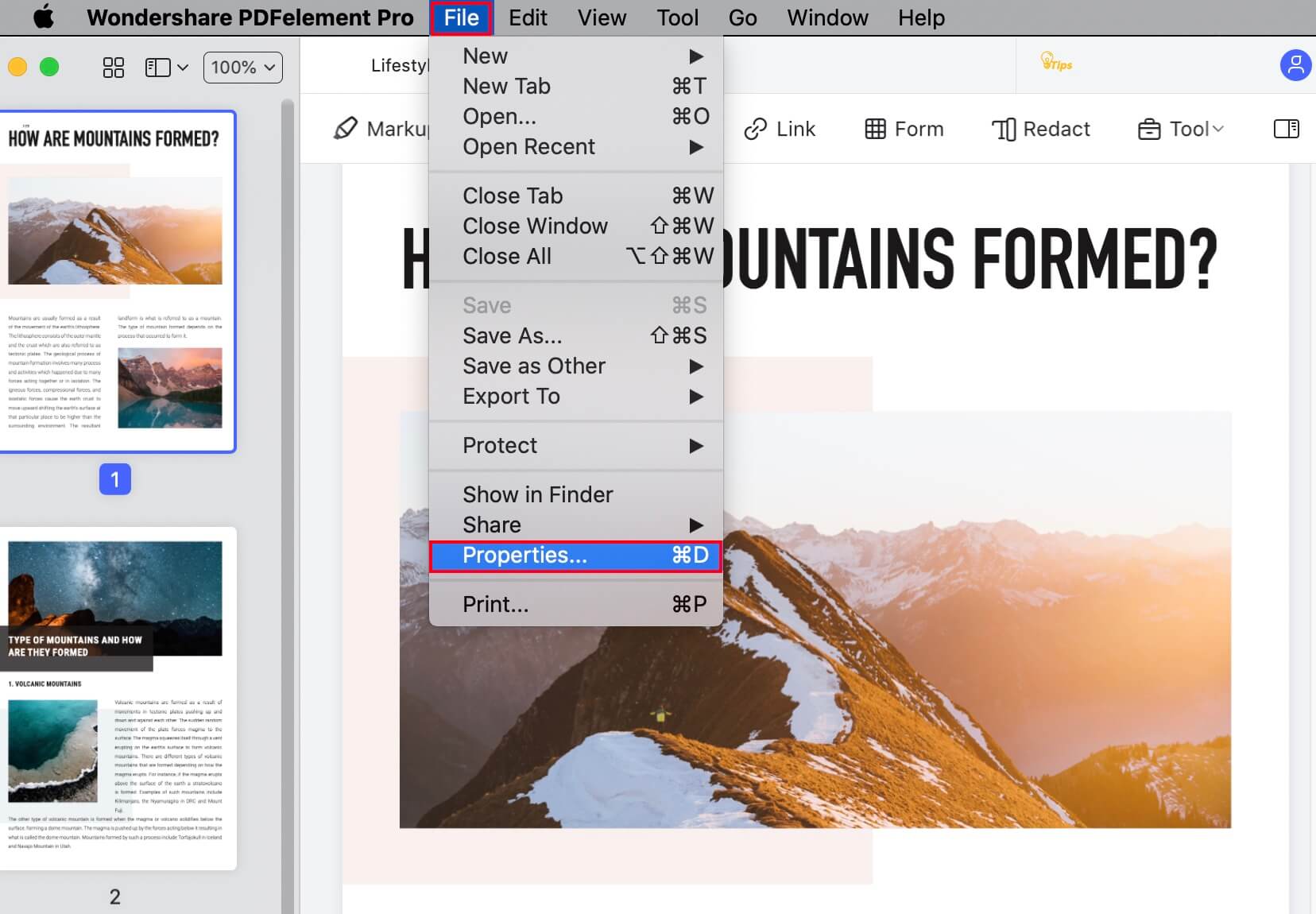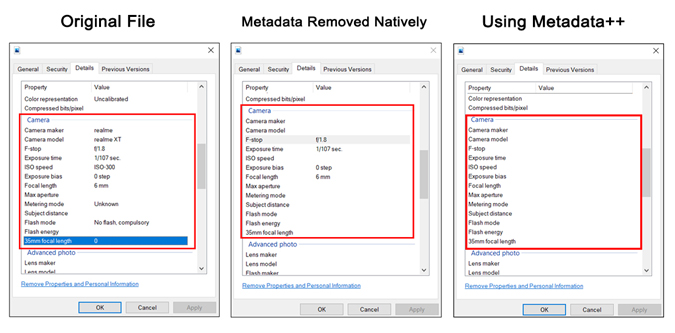
- #APP FOR MAC TO REMOVE METADATA FROM PHOTOS HOW TO#
- #APP FOR MAC TO REMOVE METADATA FROM PHOTOS FULL#
Of course, this varies a bit from operating system to operating system and from device to device. There’s no limit on how many photos you can send this way.
#APP FOR MAC TO REMOVE METADATA FROM PHOTOS FULL#
To send full resolution images while preserving EXIF data, stop sharing images from your camera roll and share instead as a document attachment. Sharing images the normal way will strip out all metadata and compress the file. As the most-used social media messaging app, WhatsApp is a tool employed by many human rights investigators to communicate with local contacts, and exchange sensitive materials.

WhatsApp is encrypted end-to-end, which means that our messages (and the accompanying files) cannot be read by third parties, including WhatsApp itself.
#APP FOR MAC TO REMOVE METADATA FROM PHOTOS HOW TO#
How to preserve EXIF data while sharing images on WhatsApp That’s why most social media platforms remove this data – to protect users’ privacy. This can include image size, date, time, camera settings, geolocation data (if the camera or phone have GPS enabled) and copyright information.ĮXIF and, especially, geo-tagged data can reveal a great deal about the person who took the image. When you take a picture with a digital camera or phone, a file with information about the picture is embedded in the image itself. So make sure you share this guide with your contacts, it explains a small trick that could save you lots of time! What is EXIF dataĮXIF stands for Exchangeable Image File Format, and is a type of metadata specific to digital images.

It’s incredibly simple to share images and videos on WhatsApp while preserving the metadata. Many images we receive are from trusted sources using common tools like WhatsApp. In the absence of reliable metadata, investigators resort to time-consuming content analysis and geo-location using features in the image. Did you know that most social media tools strip out metadata from images we share, as well as compressing them? While there are good privacy and optimization reasons to do this, it makes it very hard for open source investigators to determine who is pictured in a photo, what they are doing (and why), as well as where and when it was taken.


 0 kommentar(er)
0 kommentar(er)
